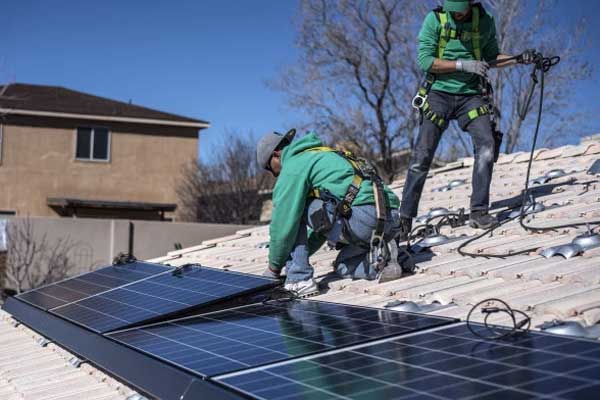- Approximately 1.5 acres of the plant site at the Discovery Park District have been planted in native pollinator wildflowers.
- It helps renew and increase populations of so-called “pollinator species”.
- Species are important to the growth and reproduction of flowers and food plants.
Indiana — A new Duke Energy solar power plant in West Lafayette, Ind., which provides clean, renewable electric energy, also now helps renew and increase populations of so-called “pollinator species” important to the growth and reproduction of flowers and food plants.
Approximately 1.5 acres of the plant site at the Discovery Park District have been planted in native pollinator wildflowers.
This area will create a rich habitat supporting a diverse population of birds, bees, butterflies and other pollinators. The planting will decrease Duke Energy’s operating and maintenance costs while continuing the company’s legacy as a responsible environmental steward by providing habitat for endangered pollinator species.
The 1.6-megawatt Tippecanoe Solar Power Plant began producing clean, emissions-free energy for Duke Energy customers late 2019. It is located in the Discovery Park District near Purdue University.
The solar power plant generates enough electricity annually to power about 230 average homes with carbon-free energy. The plant has approximately 7,000 solar panels, and is expected to provide energy for more than 30 years.
The pollinator garden has been recognized by the Indiana Wildlife Federation and National Wildlife Federation’s Certified Wildlife Habitat program.
According to the website pollinator.org, pollination occurs when pollen is moved within flowers or carried from flower to flower by pollinating animals such as birds, bees, bats, butterflies, moths, beetles, or other animals, or by the wind. The transfer of pollen in and between flowers of the same species leads to fertilization, and successful seed and fruit production for plants.
While somewhere between 75% and 95% of all pollinating plants need help with pollination, many pollinator populations are in decline, due in part to a loss of nesting and feeding habits.















Comments